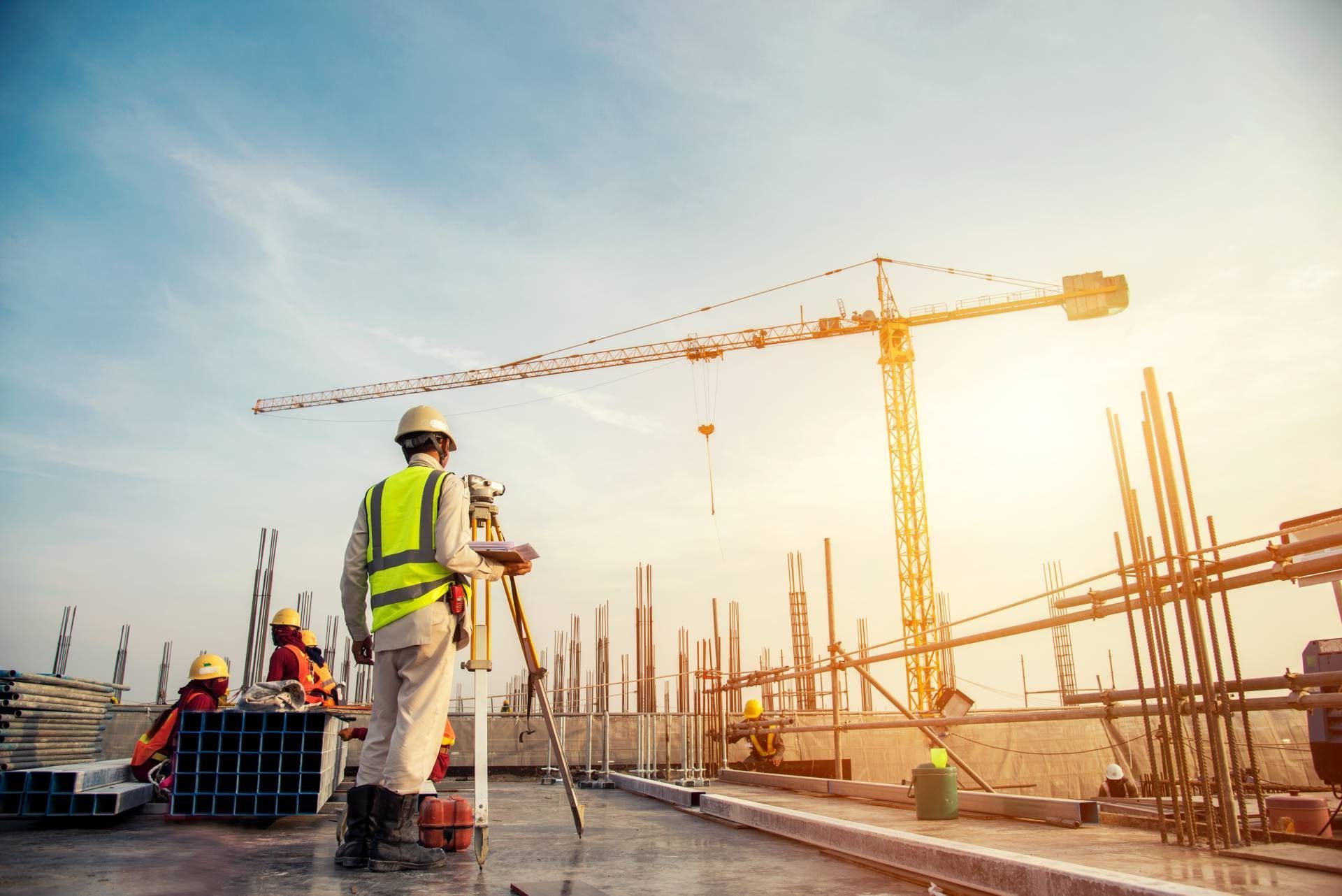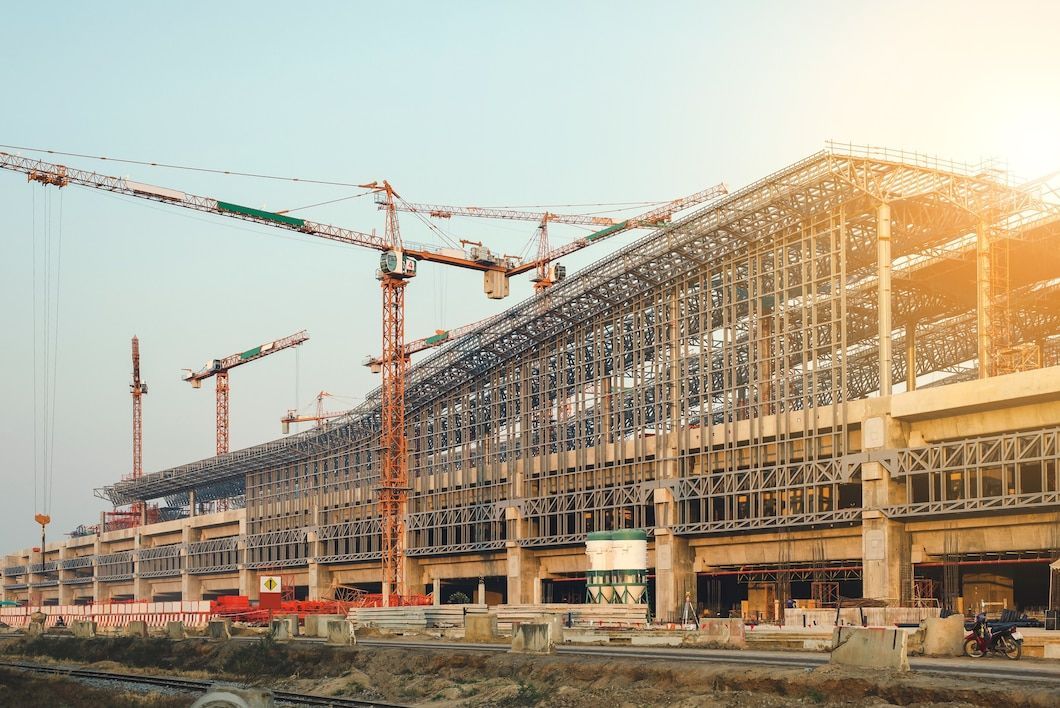What’s New in Preconstruction Planning? The 2025 Trends You Need to Know

At D&S Construction, we’ve always said: you don’t build a structure, you build a plan. And in 2025, that plan is smarter, faster, and more precise than ever.
With over 40 years of hands-on experience in construction, we’ve seen how preconstruction has evolved from a few line items on a spreadsheet into the critical phase that defines whether a project runs smoothly or becomes a money pit. If you’re a developer, architect, or GC working in Livermore or anywhere in the Bay Area, keeping up with the latest preconstruction trends isn’t optional, it's essential.
Let’s walk through what’s new, what’s changing, and how you can stay ahead in 2025.
Why Preconstruction Matters More Than Ever in 2025
Before we jump into the trends, let’s zoom out for a second. In Livermore, construction is booming but so are the challenges:
- Permits are slower.
- Utility connections take longer.
- Costs are unpredictable.
- Timelines are tighter.
That’s why preconstruction planning has become the foundation of every successful project. It’s where we catch potential issues, align the team, manage budgets, and get ahead of delays before boots hit the ground.
Now, let’s take a look at what’s shaping the future of precon this year.
1. Smart Planning Through AI and Data-Driven Tools
Say Goodbye to Guesswork
In 2025, data is your best friend. We're now using AI-assisted software that pulls from historical project data to help estimate timelines, costs, and even potential risks—with surprising accuracy.
What does this mean for you?
- Better budgeting before bidding
- More accurate schedules
- Fewer surprises once construction starts
We’ve started incorporating tools like schedule simulators, live dashboards, and predictive cost analysis into our precon process. Clients appreciate the clarity, and it speeds up decision-making across the board.
2. Bringing in Trades Earlier (and Why That’s a Game-Changer)
Early Input Means Fewer Headaches Later
One of the biggest shifts we’ve seen is bringing subcontractors into the conversation earlier way before design is finalized. Why? Because they’re the ones who actually have to build it.
In 2025, smart preconstruction teams invite key trades (especially MEP and structural) during the design development phase. This allows for:
- More realistic cost feedback
- Smarter layout planning
- Early value engineering
We recently worked on a Livermore multifamily project where we brought the HVAC sub in during 50% design development. Just one design tweak saved over $42,000 in rerouting costs. That’s the power of early buy-in.
3. Digital Twins and Virtual Constructability Reviews
Build It Virtually Before You Build It Physically
Forget redlines on paper. We’re now reviewing constructability using digital twins—3D models that simulate the actual construction process.
These virtual models help us:
- Spot conflicts between trades
- Optimize sequencing
- Reduce RFI volume during the build
For one Livermore hotel project, we identified six structural clashes before permits were even submitted. That shaved three weeks off the schedule.
4. Sustainability Starts in Preconstruction
Green Codes Are Getting Stricter and So Are Client Expectations
Livermore and greater Alameda County are tightening up on sustainability. From Title 24 updates to client demands for LEED or WELL standards, sustainable planning isn’t just a bonus it’s a requirement.
Good preconstruction planning now includes:
- Energy modeling
- Material sourcing with carbon goals in mind
- Life-cycle cost analysis
The upside? Planning green early often speeds up permitting and builds goodwill with city inspectors.
5. Utility and Permitting Coordination Tools
Finally a Better Way to Track Approvals
Permits and utilities can be the biggest schedule killers in Livermore. In 2025, we’re leveraging tech platforms that track city permits, PG&E utility timelines, and even dry utility progress in real-time.
We plug these into our precon schedules so we can:
- Set realistic project milestones
- Flag slowdowns before they cause delays
- Keep everyone accountable from the architect to the utility provider
This level of coordination prevents the kind of gaps that can derail an otherwise well-planned project.
6. Proactive Risk and Contingency Planning
Planning for “What If” Is Now Standard
If the past few years have taught us anything, it’s this: assume things will go wrong and plan for it.
That’s why we now include detailed risk modeling in our preconstruction deliverables. This covers:
- Soil report reviews
- Material price volatility plans
- Weather delay buffers
- Labor availability assessments
Smart contingency planning doesn’t just protect your budget it helps you maintain credibility with clients and investors.
7. What This Means for Developers, Architects, and GCs
You might be thinking, “This all sounds great but what does it actually mean for me?”
The truth is, the benefits of smarter preconstruction planning extend to every key player on the project team. For developers, it means fewer change orders and a stronger return on investment thanks to tighter budgeting and early risk mitigation.
Architects benefit from better coordination across disciplines, leading to fewer redesigns and smoother city approvals. And for general contractors, it translates to fewer schedule surprises, clearer scopes of work, and more efficient execution in the field.
When the precon phase is done right, everyone builds with more clarity, confidence, and control.
8. Livermore’s Growth Demands Better Planning
Livermore’s Booming Market Requires Smarter, Faster Preconstruction
Livermore isn’t the sleepy suburb it once was. With more commercial and multifamily developments in the pipeline, the city’s construction scene is getting more competitive and more complex.
That’s why these trends aren’t just “nice to have” they’re how you stay ahead.
Final Thoughts: Plan Smarter, Build Better
Preconstruction planning has always been important. But in 2025, it’s the difference between a project that merely survives and one that thrives.
At D&S Construction, we don’t build structures, we build better outcomes by starting smart, asking the right questions early, and aligning everyone involved before the first shovel hits the ground.
Ready to Build Smarter in 2025?
Let’s talk about your project. We’re happy to walk you through the preconstruction trends, assess your needs, and build a plan that works for you and for Livermore’s evolving landscape..
Search





